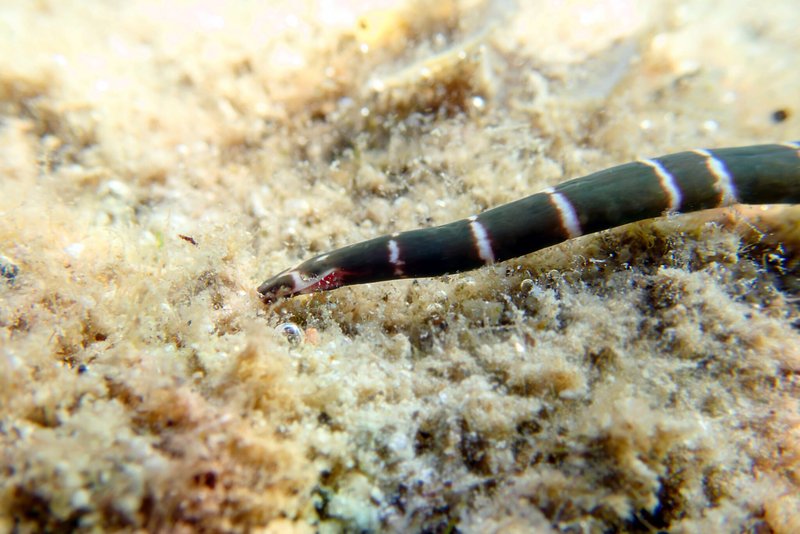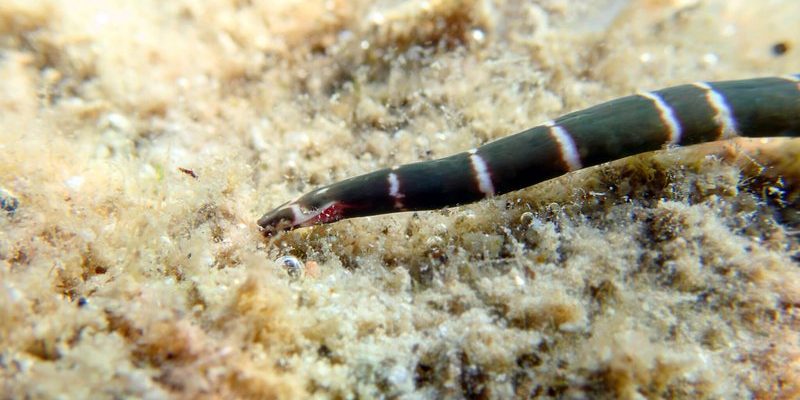
Imagine ribbon worms as the secret architects of the estuarine ecosystem. Just as a great architect designs a beautiful building that offers shelter and sustenance to those inside, ribbon worms contribute to the delicate balance of life in these habitats. They help break down organic material, serve as a food source for various marine animals, and even modify the environment to support other species. Let me explain how these little creatures make a big impact on biodiversity.
What Are Ribbon Worms?
Ribbon worms, scientifically known as nemerteans, are soft-bodied, elongated animals that can stretch up to several meters in length—talk about a stretch! They come in various colors and patterns, making them quite the unique inhabitants of estuaries. Despite their sometimes eye-catching appearance, they are often overlooked simply because they live in the sediment or hide among rocks and vegetation.
These worms have a fascinating feature: a long, retractable proboscis. This allows them to catch prey, such as small fish, crustaceans, and other marine life. Think of it as a slingshot that helps them snag dinner! Their feeding habits help control populations of other small creatures, adding yet another layer to their role in the ecosystem.
The Role of Ribbon Worms in Food Webs
One might wonder, “How do ribbon worms fit into the food web?” Great question! Ribbon worms occupy a significant position in the **food chain** of estuarine environments. They are both predators and prey, which means they help connect various species.
– **As Predators:** Ribbon worms feast on smaller organisms, keeping populations in check. This predation helps maintain balance among species, preventing any single type of organism from becoming overly dominant.
– **As Prey:** These worms serve as an important food source for larger species like fish and birds. When these predators eat ribbon worms, they support the health of those populations as well.
So, in a way, ribbon worms act as a bridge, linking different levels of the **food web** and promoting biodiversity.
How Ribbon Worms Affect Nutrient Cycling
Estuaries are nutrient-rich environments, but they need help from creatures like ribbon worms to keep things flowing smoothly. When ribbon worms burrow into the sediment, they mix the soil and organic debris, allowing nutrients to be released into the water. This process is essential for supporting the growth of plants and algae, which are vital for the overall health of the ecosystem.
– **Decomposition:** Ribbon worms accelerate the breakdown of organic matter, returning important nutrients to the food web. Without this process, dead material could accumulate, potentially harming the environment.
– **Aeration:** Their burrowing activities help aerate the sediment, promoting the growth of beneficial bacteria. These bacteria further assist in nutrient cycling by breaking down waste products.
In essence, ribbon worms are like tiny gardeners, tending to the soil and helping it flourish.
Ribbon Worms and Habitat Diversity
The presence of ribbon worms can influence what types of habitats develop in estuaries. By altering sediment structure and nutrient availability, they create conditions that encourage a variety of plant life. This plant diversity, in turn, supports numerous animal species.
For instance, when ribbon worms dig into the sediment, they create spaces that can hold water, allowing for the establishment of marsh-like vegetation. These plants provide shelter and breeding grounds for many aquatic organisms. A diverse habitat is essential because it offers various niches, meaning different species can coexist.
Think of ribbon worms as the facilitators of rich, diverse habitats. Their actions promote a thriving environment for both plant and animal life.
Challenges Facing Ribbon Worms
While ribbon worms are vital to maintaining biodiversity in estuaries, they face challenges that can threaten their populations. Changes in water quality, habitat destruction, and climate change can all impact these creatures.
– **Pollution:** Increased pollution can lead to habitat degradation, reducing the availability of clean areas for ribbon worms to thrive in. This can affect their role in the food web and nutrient cycling.
– **Climate Change:** Rising sea levels and changing temperatures can alter estuarine environments. These shifts may push ribbon worms to less suitable habitats, affecting their populations and the overall biodiversity they help support.
Understanding these challenges is crucial for conservation efforts. By advocating for healthier estuaries, we can help protect not just ribbon worms but the entire ecosystem they support.
The Importance of Studying Ribbon Worms
You might be thinking, “Why should we care about ribbon worms?” Well, studying these unique creatures helps us understand more about the health and stability of estuarine ecosystems. By examining their populations and behaviors, scientists can gain insight into broader environmental changes.
– **Biodiversity Indicators:** Because ribbon worms are sensitive to environmental shifts, they can act as indicators of ecosystem health. A thriving ribbon worm population usually signifies a healthy environment.
– **Ecosystem Services:** By learning how they contribute to nutrient cycling and habitat diversity, we can appreciate their role in providing ecosystem services that benefit many other species, including humans.
So, when you look at an estuary, remember that ribbon worms are a key part of the picture. Their role may be small, but the impact is huge.
Conservation Efforts for Ribbon Worms
To ensure ribbon worms continue to play their critical role in estuaries, various conservation efforts are underway. These initiatives often focus on protecting habitats and promoting sustainable practices.
– **Habitat Restoration:** Projects aimed at restoring estuarine environments have shown promise. By improving water quality and rebuilding natural habitats, we can encourage healthy populations of ribbon worms.
– **Community Awareness:** Educating the public about the importance of all components in an ecosystem, including ribbon worms, is key. When communities understand their role, they are more likely to support conservation measures.
Ultimately, protecting ribbon worms means protecting the overall biodiversity of estuaries. Every little effort counts.
In conclusion, ribbon worms might be small and often go unnoticed, but they play a vital role in the health and diversity of estuarine ecosystems. By contributing to food webs, nutrient cycling, habitat diversity, and more, these creatures help create a balanced environment where many species can thrive. We must recognize their importance and work together to protect these remarkable worms and the incredible ecosystems they support. Because when one part of an ecosystem thrives, the whole system benefits, and that’s something we can all be proud of.

